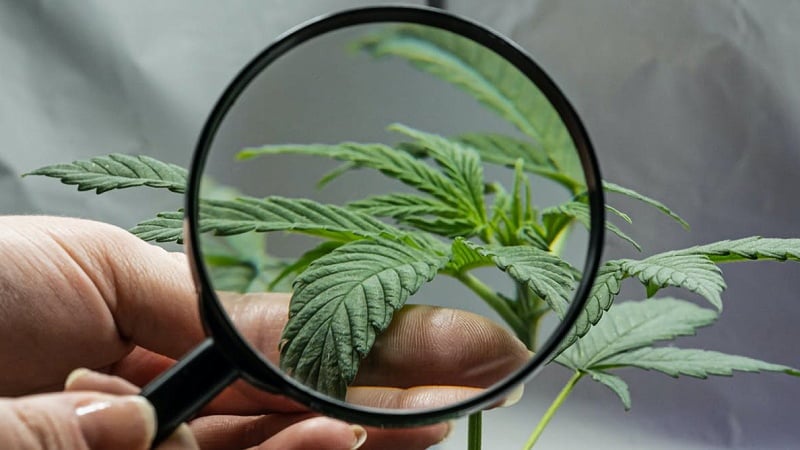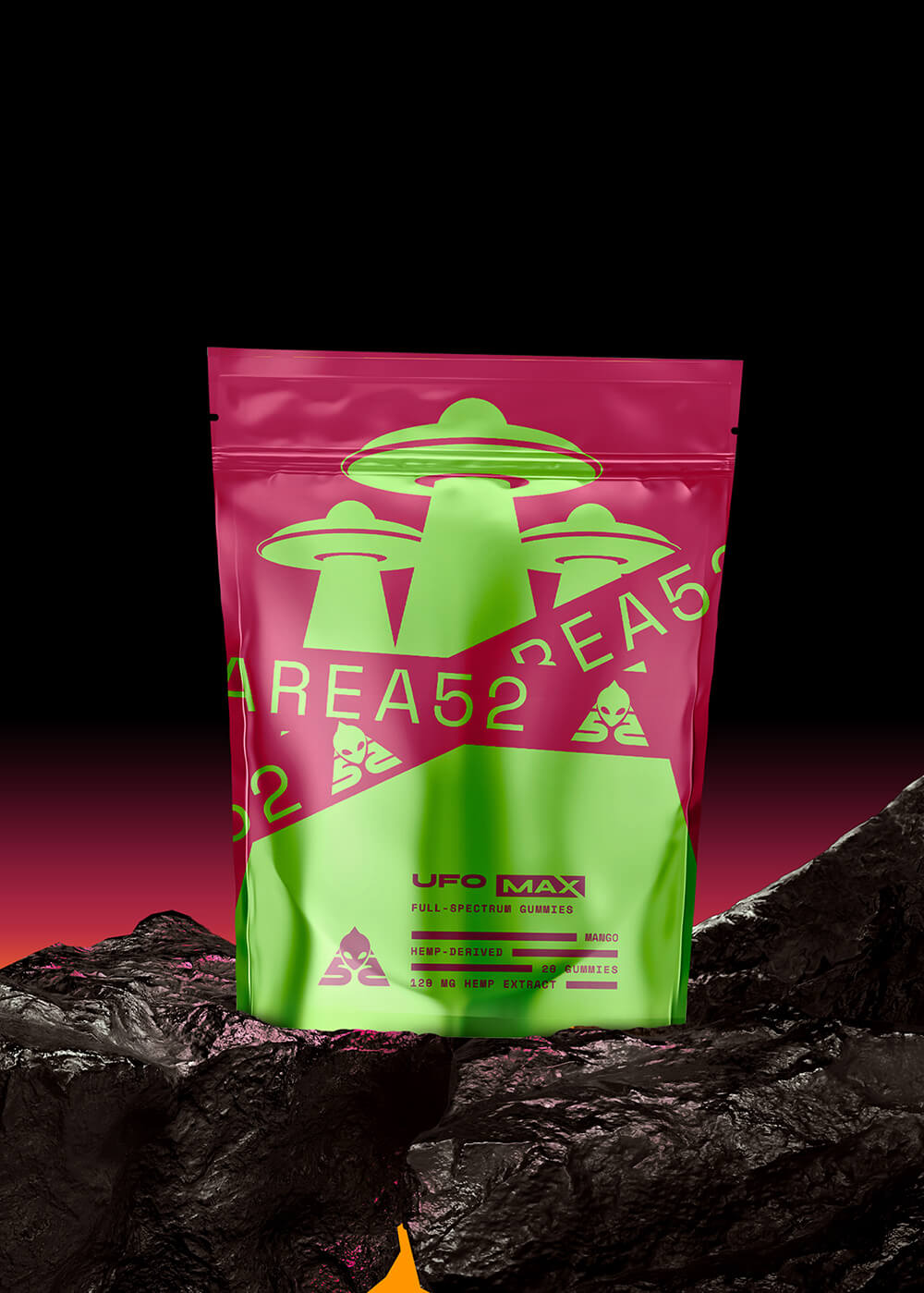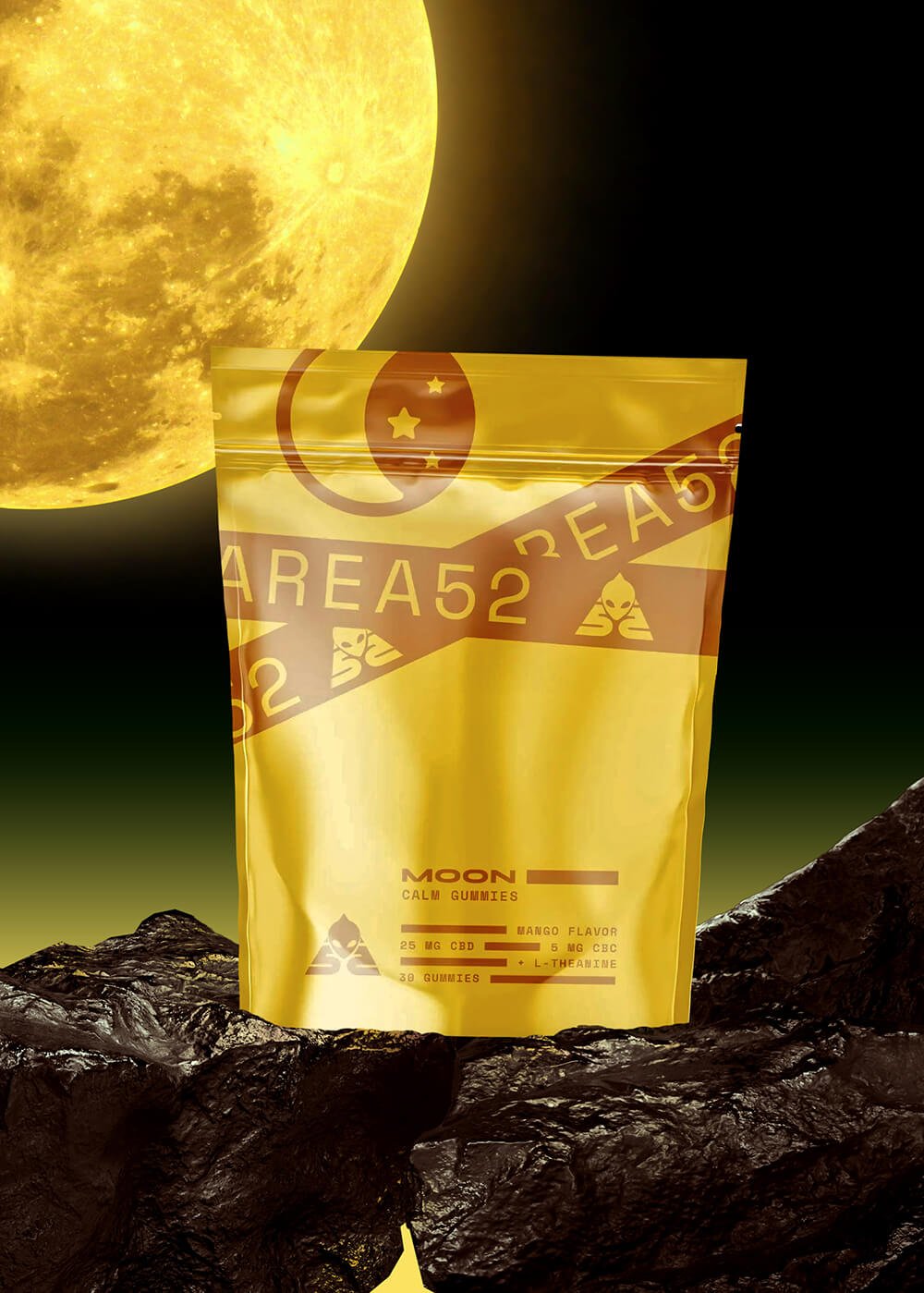What is THC-O? Uses and Benefits of This Cannabinoid

THC-O is a synthetic cannabinoid that produces psychedelic effects in users. It’s three times as strong as delta 9 THC and five times as strong as delta 8 THC.
Many cannabis fans are interested in this THC analog because it’s easily absorbed by the body and can produce a potent psychotropic high.
Discover some of the benefits and risks involved in using THC-O-acetate, its legal status, and some of the most popular THC-O products on the market today.
Learn if THC-O is right for you and what to expect when using it.
What is THC-O?

THC-O, also known as THC-O-acetate, is stronger than traditional weed but has a similar feel in small doses; in large amounts, it’s more psychoactive and can be immobilizing for some users.
Although THC-O is not an entirely natural cannabinoid, it is an analog to THC. The process used to make it is somewhat extensive and dangerous. It starts by extracting CBD from hemp. Then, delta 8 is removed from the CBD and added to acetic anhydride, creating THC-0.
Acetic anhydride is highly flammable, making it crucial that you don’t try to make THC-O at home and buy only from a trusted source.
THC-O-acetate is a prodrug, which means it’s biologically inactive until the body metabolizes it. THC-O may have greater bioavailability than delta 8 and delta 9, meaning the body can absorb more of it.
Regardless, THC-O is much stronger than its standard weed counterparts and can even cause hallucinations.
What Are The Effects of THC-O?
THC-O can be three times as potent at typical THC 9 (like delta 9.) It delivers a psychoactive high that can be both energetic and relaxing depending on the dose.
Some users report psychedelic experiences, mild hallucinations, and visuals, so THC-O-acetate is sometimes called the psychedelic cannabinoid. It has also been said to produce more profound levels of introspection than standard THC and evoke spiritual sensations.
Many THC-O users experience some or all of the following effects:
- Body high
- Buzz
- Consciousness expansion
- Joy
- Psychedelic effects
- Relaxation
These effects are powerful for users seeking self-awareness through introspection, increased creativity, and for gaining deeper understanding and insight.
THC-O Benefits

This potent cannabinoid can be euphoric and enjoyable for many users.
Limited research is available on THC-O, so any information about the medical benefits is still primarily anecdotal. The anecdotal evidence is promising, though.
Some users report that THC-O has helped ease pain and stress (which are commonly associated with other THC analogs.) Other users enjoy its sleep-supportive qualities and increased appetite.
More research is still needed to make a scientific determination about the medicinal and therapeutic effects of THC-O.
THC-O Side Effects
THC-O is powerful, so it makes sense that some users will experience undesirable side effects. Plus, THC-O is still under investigation; there’s a lot we don’t know about its short or long-term effects.
And as always, effects are very individualized.
However, here are a few common side effects of THC-O:
- Lethargy
- Dizziness
- Grogginess
- Nausea
- Vomiting
- Seizures
It’s always a good idea to start with smaller amounts and build up to larger doses once you’re familiar with how it’ll affect your body. You’ll also get an idea of the psychotropic and potentially psychedelic effects before committing to something that could be incapacitating or overwhelming.
Is THC-O Natural?
THC-O-acetate is a man-made compound. It’s one of many synthetic cannabinoids and does not occur on its own without human intervention.
The bottom line is that THC-O is not naturally occurring in the cannabis, marijuana, or hemp plant.
Is THC-O Safe?
The reality about THC-O-acetate is that there is simply not enough research to make a conclusive claim that it is safe.
Though research on this cannabinoid is still entirely inconclusive, it is promising that there have not been any reported overdoses from using THC-O.
THC-O is relatively unstudied, unregulated, and semi-synthetic, so there’s some risk involved in using it. Historically, some synthetic compounds, including synthetic cannabinoids, have resulted in psychosis, kidney damage, lung injury, seizures, and other health problems.
When vaping or dabbing with THC-O, the chemical compound is heated and can produce harsh fumes and byproducts. These fumes can cause lung disease and may contribute to the formation of a condition called lipoid pneumonia — which is a potentially fatal condition found in some people who vape vitamin E acetate (which has a similar molecular structure) [1].
As with anything else unregulated, there is a chance of impurity. It’s crucial to review third-party lab tests and COAs (certificates of analysis) to ensure that products are unadulterated and safe. Still, for THC-O, lab test results are hard to find.
Overall, while THC-O doesn’t seem to be unsafe, it’s not necessarily safe, either.
Use caution when buying and consuming THC-O-acetate products and stay up-to-date on scientific research and the laws surrounding this cannabinoid.
Is THC-O Legal?
Cannabis and marijuana laws in the United States are complex and can be confusing and unclear — THC-O laws are even more complicated.
THC-O is not an illegal substance in the U.S. as long as it comes from hemp. Under the 2018 Farm Bill, hemp (cannabis with less than 0.3% THC) and its derivatives are legal. Marijuana or cannabis products with more than 0.3% delta 9 THC are Schedule 1 Drugs.
Even though THC-O is a THC analog, it’s made from hemp and therefore legal. However — and this is the problem — the DEA tightened the law a little by stating that all synthetic THC is illegal. Some states are using this to ban delta 8 and delta 10, even though they’re natural.
THC-O is in more of a gray area, and its legality tends to be more about perspective, for now.
THC-O & Drug Tests
As with most cannabinoids, natural or not, THC-O is likely detectable on drug tests.
Some theories claim that since THC-O-acetate is synthetic, users have less chance of testing positive on a drug test for marijuana use. However, tests rarely can tell the difference between THC and its analogs. It’s more likely you’ll test positive.
If you have an upcoming drug test or could have a random drug test, you may want to avoid using THC-O just in case.
THC-O & Delta 9 THC: What’s the Difference?
THC-O and regular THC (as in delta 9) share the same molecular base structure.
When taken orally, or smoked, or vaped, the THC-O molecule tends to have a similar high effect for users depending on the dosage.
THC, delta 8, delta 9, and THC-O have the same base structure with some variation. For example, delta 8 THC, delta 9 THC, and delta 10 THC are the same except for their double-bonded carbon atom (in the 8th, 9th, and 10th position, respectively.)
THC-O-acetate molecule carries the same base structure (THC) but is an acetylated THC version.
Perhaps the starkest difference between a common weed and the THC-O variant is the psychedelic high it produces. Some users report mild visuals. Overall, it seems to be a much more potent weed experience.
THC-O-acetate is on the pricier side when it comes to the THC market. Not many suppliers make or carry it, making it hard for users to get ahold of it, which drives the price up. The product is in limited supply and high demand.
Types of THC-O Products

There are a variety of THC-O-acetate products on the market.
Each product differs in onset time, duration of effect, and method of consumption. Check out the following and decide which one works for you.
1. THC-O Distillate
THC-O distillate or dabs can be hard to find since this is pretty much the purest, condensed form.
THC-O distillate is a black, resin-like product with an oily appearance and gooey texture. It’s not the most appealing product to smoke because of its sticky presentation, but some users prefer it.
2. THC-O Gummies
Gummies are one of the more popular ways to consume cannabinoids like CBD, D8, and D9, and THC-O is no exception. Users love eating sweet, fruity candies as a way to achieve their desired cannabis experience.
Plus, THC-O gummies tend to be easy to dose since each gummy has a specific amount of THC-O.
Another reason some users like THC-O gummies is because they’re discrete, and you can eat them anywhere. Some are even plant-based, gluten-free, and organic products, appealing to users with dietary restrictions.
3. THC-O Tinctures
Tinctures tend to be the top choice when it comes to THC-O. The distillate is usually combined with a carrier oil, so the product is fat-soluble and easy for the body to digest and metabolize quickly.
Since this product doesn’t have to be smoked, it’s much safer on the body (like gummies) and can help prevent any lung or heart issues related to smoking or inhaling fumes.
Users also like THC-O tinctures because they have a shorter onset time compared to gummies.
4. THC-O Vape Carts
Vape carts with the THC-O are common in the online market. Many vendors produce vape carts in various flavors that users can smoke from a traditional vape pen.
This method of consumption can be dangerous since heating the chemicals and byproducts used to create THC-O-acetate are highly flammable. There are also some health concerns and risks associated with smoking THC-O like lung disease or heart attacks.
Overall, THC-O vape carts are the least safe method of consumption, and users should opt for a different kind of THC-O product.
How Do I Dose THC-O?
The right dose of THC-O depends on a few factors, like body weight, height, metabolism, and a few other personal considerations. And, since THC-O is relatively new and just now growing in popularity, it’s under-studied, and there are no clear or specific recommendations for dosing.
As with most cannabinoids, the best dosing method is to start small and build your way up to larger doses if you feel comfortable.
Remember, THC-O is three times more potent than the traditional D9 THC. With that in mind, you can more easily decide how much THC-O you might need.
Perhaps start with a third of the dose you’d typically take of D9, and then take more if or when you’re familiar with how it will affect you.
In general, the effects of THC-O increase steadily:
- In small doses, there will be mild psychoactive effects.
- In moderate doses, there will be common psychoactive effects.
- In higher doses, there will be psychoactive effects and potentially psychedelic effects.
THC-O Dosing Chart
| Dosage | Quantity of THC-O | Psychoactive Effect |
| Threshold Dose | 0.5 mg smoked or 3 mg oral | Mild |
| Standard Psychoactive Dose | 1-3 mg smoked or 3-10 mg oral | Mild-moderate |
| Heavy Dose | 5 mg smoked or 10 mg+ oral | Moderate-strong |
What’s Next For THC-O?
THC-O is growing in popularity, and more and more users are interested in its psychoactive effects.
There is limited available research on its effects, so going forward, scientists and researchers should make an effort to learn more about this synthetic — but highly bioavailable — cannabinoid.
In the meantime, use caution when consuming THC-O and stay up-to-date with more current research and the laws regarding this cannabinoid.


